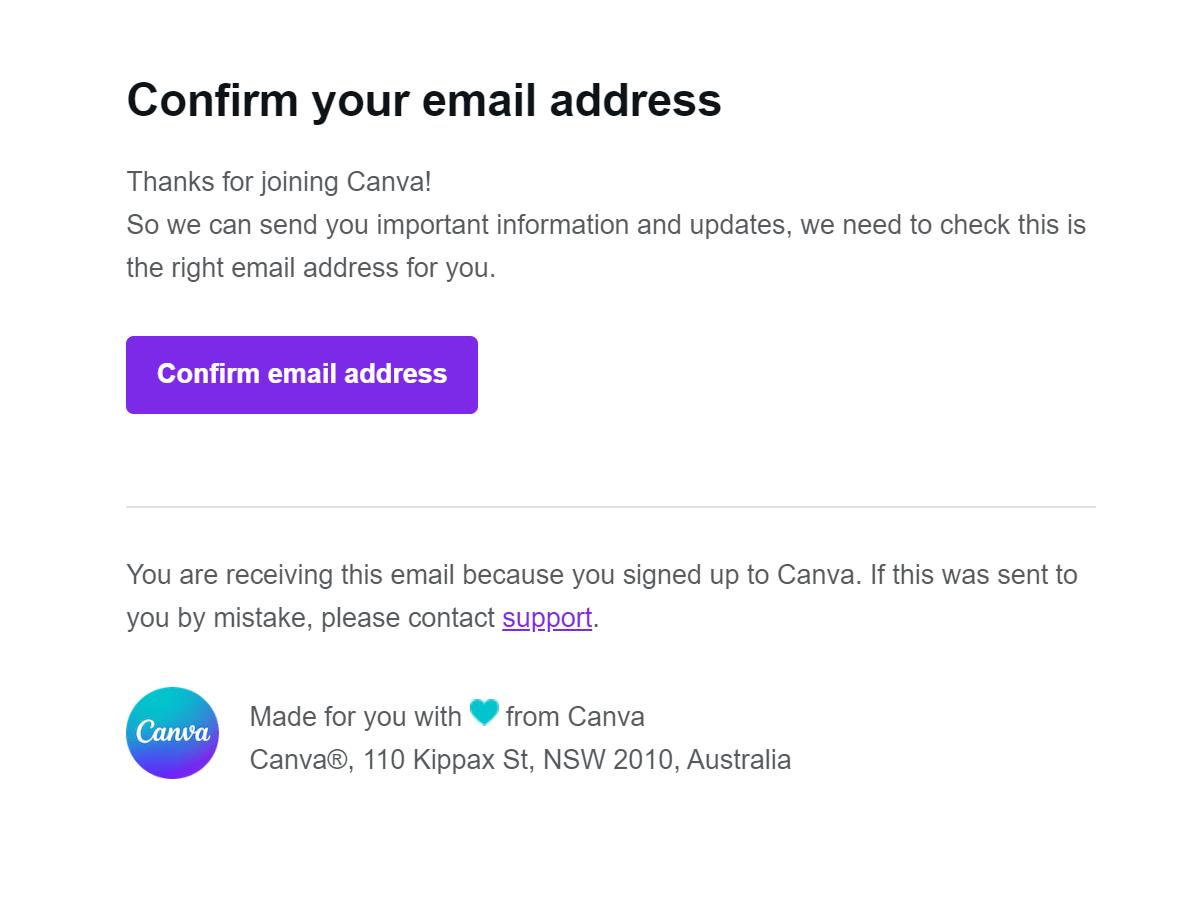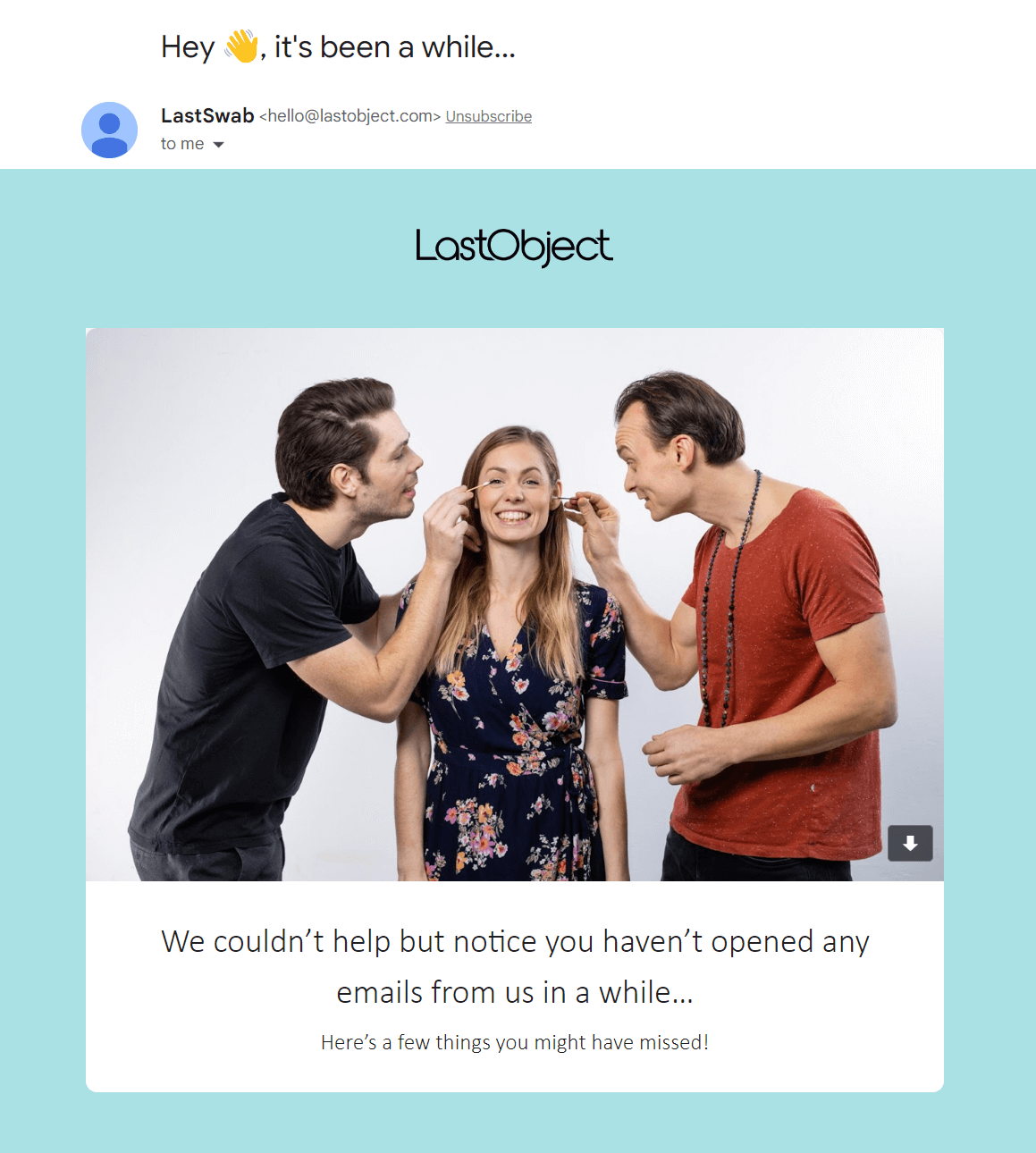
Spam Traps: Definition, Types And How To Avoid Them [2025]
Spam traps can seriously harm your email deliverability, so if you’re serious about your email marketing efforts, you need to know how to avoid them.
In this guide, you’ll learn everything about spam traps and what you can do to prevent them from causing any damage!
What Is A Spam Trap?
A spam trap is an email address used by Internet Service Providers (ISPs), blocklist operators and anti-spam organizations to identify spammers and users who aren’t following email marketing best practices.
Spam traps will look like real email addresses, but they are either abandoned by their original users or invalid, and they cannot be used for any kind of communication. Their only purpose is to lure and block messages from spam senders. And since spam trap addresses cannot opt-in to receive emails, any message sent to such an address will flag the sender as a spammer.
Types Of Spam Traps
There are various types of spam traps that you can hit, even without doing anything wrong. Each one is created in a different way and the “damage” they can cause is also different.
So, let’s see each individual type.
Pristine Spam Traps
Pristine spam traps (or pure spam traps) are email addresses that have been created by ISPs or other organizations, while they’ve never been used by a real user. These email addresses are embedded on public websites, but they are hidden within the code.
So, the only way these can end up in your email list is when spammers are scraping sites for emails or someone purchases contact lists. And since the sole purpose of these spam traps is to “reveal” senders that use suspicious methods of gathering contacts, they are a tell-tale sign for ISPs.
As you can understand, hitting a pristine spam trap will have the most severe impact on your sending reputation. Specifically, if you send emails to a pristine trap, your domain or sending IP address could be immediately blocklisted.
Recycled Spam Traps
Recycled spam traps (also known as honeypots) were once valid email addresses used by real people, but have since been abandoned and repurposed by providers in order to catch spammers. Common examples include role-based addresses (i.e., sales@, info@, support@) or email addresses of employees that are no longer with the company.
A recycled spam trap can be found on your email list if it’s more than one year old or if you don’t send email messages to your list frequently.
Hitting a recycled trap is an indication that you’re not regularly removing your inactive subscribers and managing hard bounces. Therefore, the consequences of sending emails to recycled spam traps are “milder”.
However, if you send emails to these addresses regularly, your emails could start getting routed to the junk folder. So, practically, they damage your sender reputation over time.
Typo Spam Traps
Spam traps can also exist in the form of email addresses with common typos, such as “gnail” instead of “gmail” or “yaho” instead of “yahoo.” Similar to recycled spam traps, they aim to look legitimate, but they are usually set up by providers to monitor marketers’ email best practices. Sometimes, they can be the result of an unintentional mistake by the person signing up for your newsletter.
This category also includes fake email addresses, like “[email protected],” or “[email protected],” which are often entered into online forms and shopping carts when email confirmation isn’t required.
Regarding the consequences, these spam traps are not as “bad” as pristine spam traps. Nevertheless, they identify the sender as negligent in cleaning their contact list and harm their sending reputation cumulatively.
How to Prevent Spam Traps
In the previous section, we explored the types of spam traps you can encounter. But prevention is always better than cure! So, we’ll give you some practical tips on how to prevent spam traps once and for all.
Avoid Buying Email Lists
Purchased lists of emails have the inherent disadvantage that they usually contain spam traps (it’s almost guaranteed). These lists contain email addresses that never opted-in to receive your email campaigns, not to mention that subscribers on these purchased lists will probably mark your emails as spam since they have no knowledge of your brand. These behaviors negatively affect your sender reputation and email deliverability.
Another thing you should remember is that nowadays there are laws protecting users against spammers. I’m talking of course about GDPR rules. Buying email lists breaks the number one rule of GDPR, which is getting the permission of people in order to email them.
Use Double Opt-in
The number one thing you can do to ensure real people are subscribing to your list is to use double opt-in. This requires recipients to confirm their email address in real-time before you start sending them email marketing campaigns.

With double opt-in, not only do you maintain a healthy email list with legitimate email addresses, but you also ensure a higher overall engagement, which s a positive signal for ISPs.
So, when designing your signup forms, always be sure to enable double opt-in.
Remove Inactive Subscribers
Another essential strategy to prevent spam traps from existing in your list is to remove subscribers who are no longer active or engaged. Give your list a good pruning every 6 months or so.
As we said before, spam traps can sometimes come from outdated email addresses that are no longer valid. So, deliver re-engagement email campaigns to subscribers who have not engaged with your content in the last couple of months.

If these don’t work, weed out those inactive subscribers as they are no good for your business and your list hygiene.
With Moosend, you can set up an automation to remove inactive subscribers. In this way, you don’t have to worry all the time and you also have a system in place that protects you. You set it and forget it.
You can find all the details about how to do it in our list cleaning guide.
Verify Your Mailing List
If you haven’t sent emails in a long time or you’ve added subscribers manually to your mailing list, it’s a good idea to perform email verification. Email validation tools automatically reject abuse, misspelled and catch-all types of accounts that can harm your sender reputation.
You can even incorporate email validation software into your subscription forms and check the legitimacy of email addresses and prevent typos in real time.
Takeaway
Spam trap email addresses can lead your emails gradually into the spam folder or even do massive damage and land you on a blocklist. However, the steps you can take to prevent this from happening are easy and quite effective.
Don’t buy email lists to propel your growth, but build naturally. Keep your list clean and use double opt-in for your forms.
And last but not least, if you want an email marketing software that you can trust and establish yourself as a legitimate sender, join Moosend by creating an account today. Our team will be there to help you set things up for success.




 Published by
Published by

 Published by
Published by

 Published by
Published by